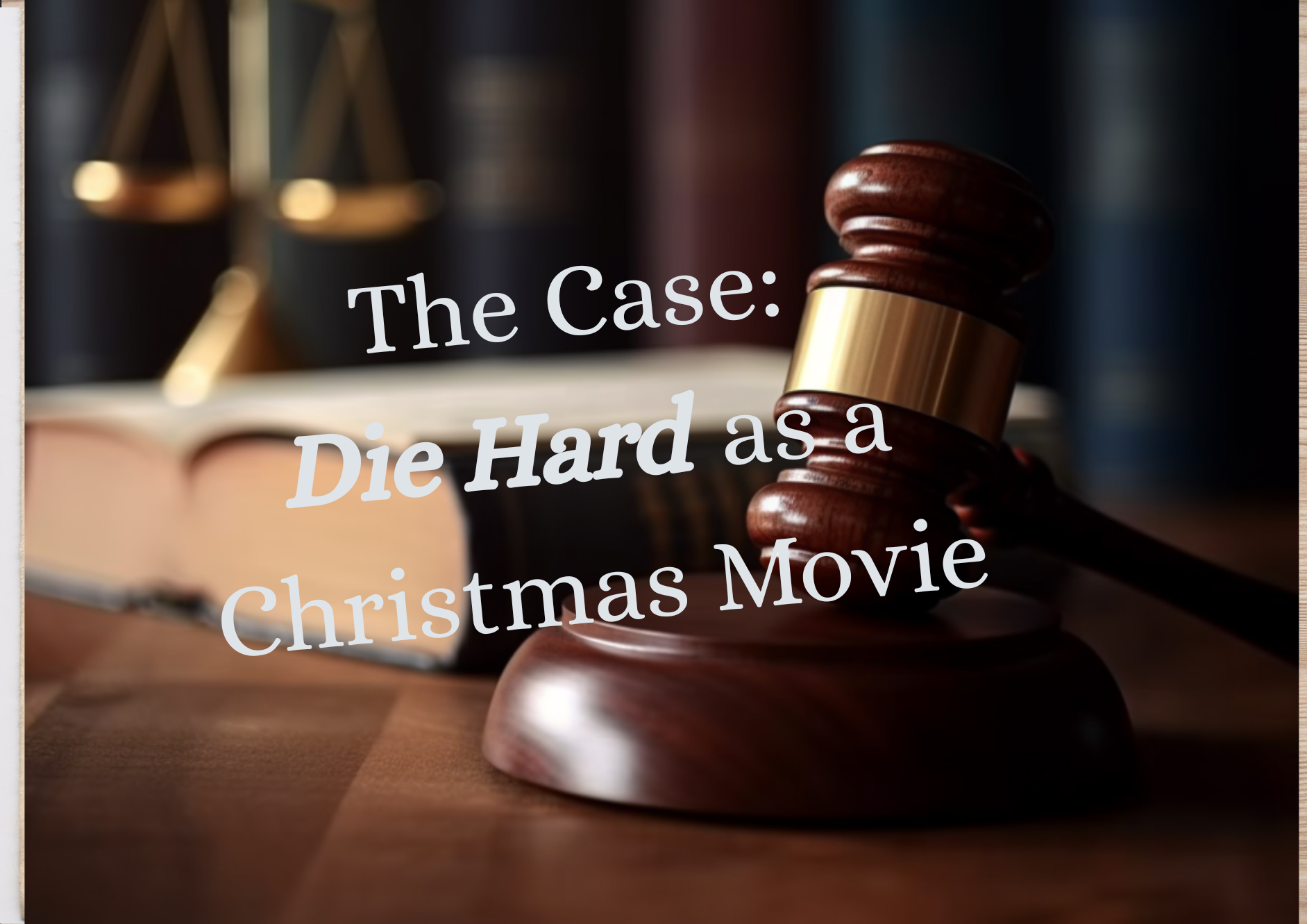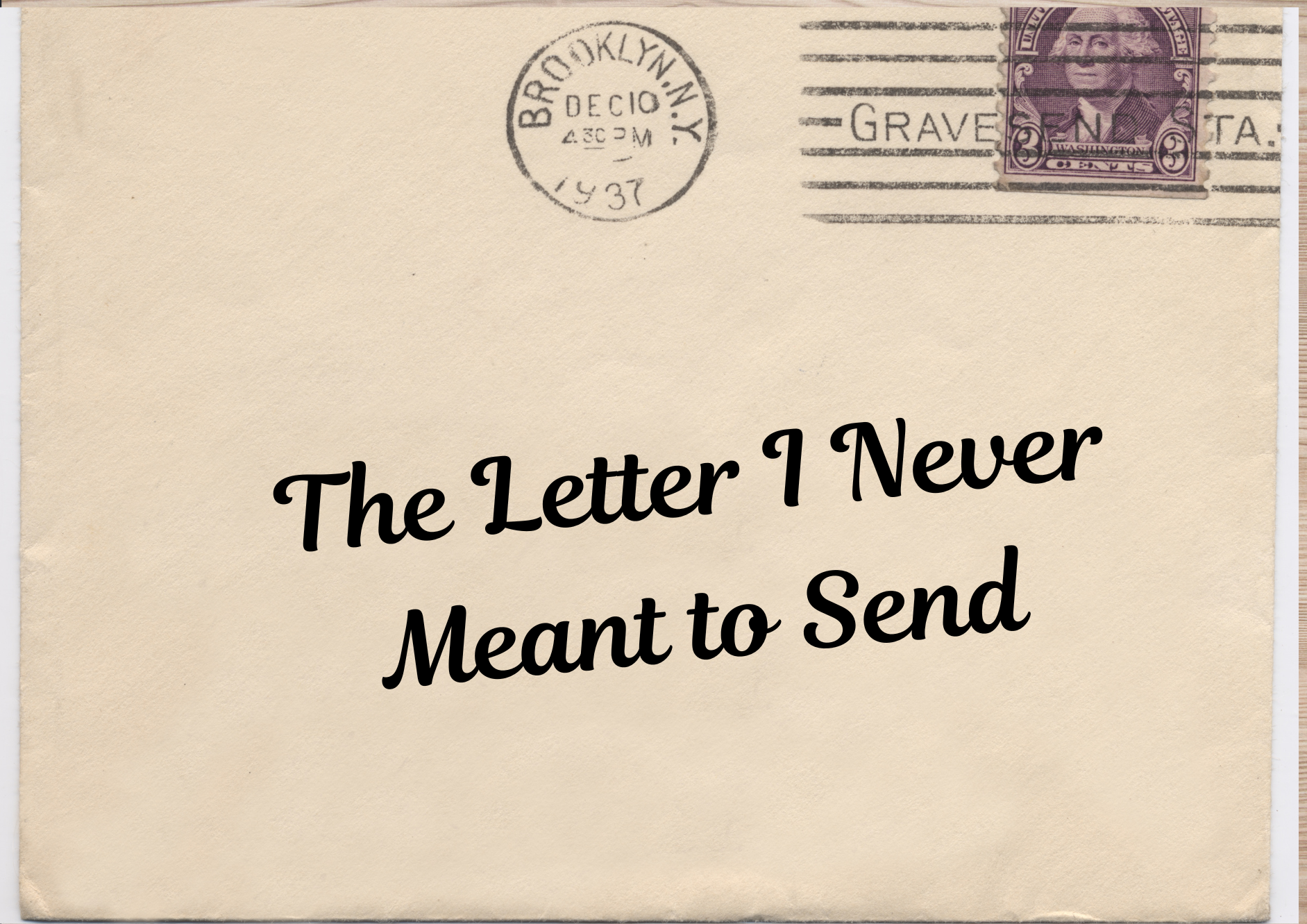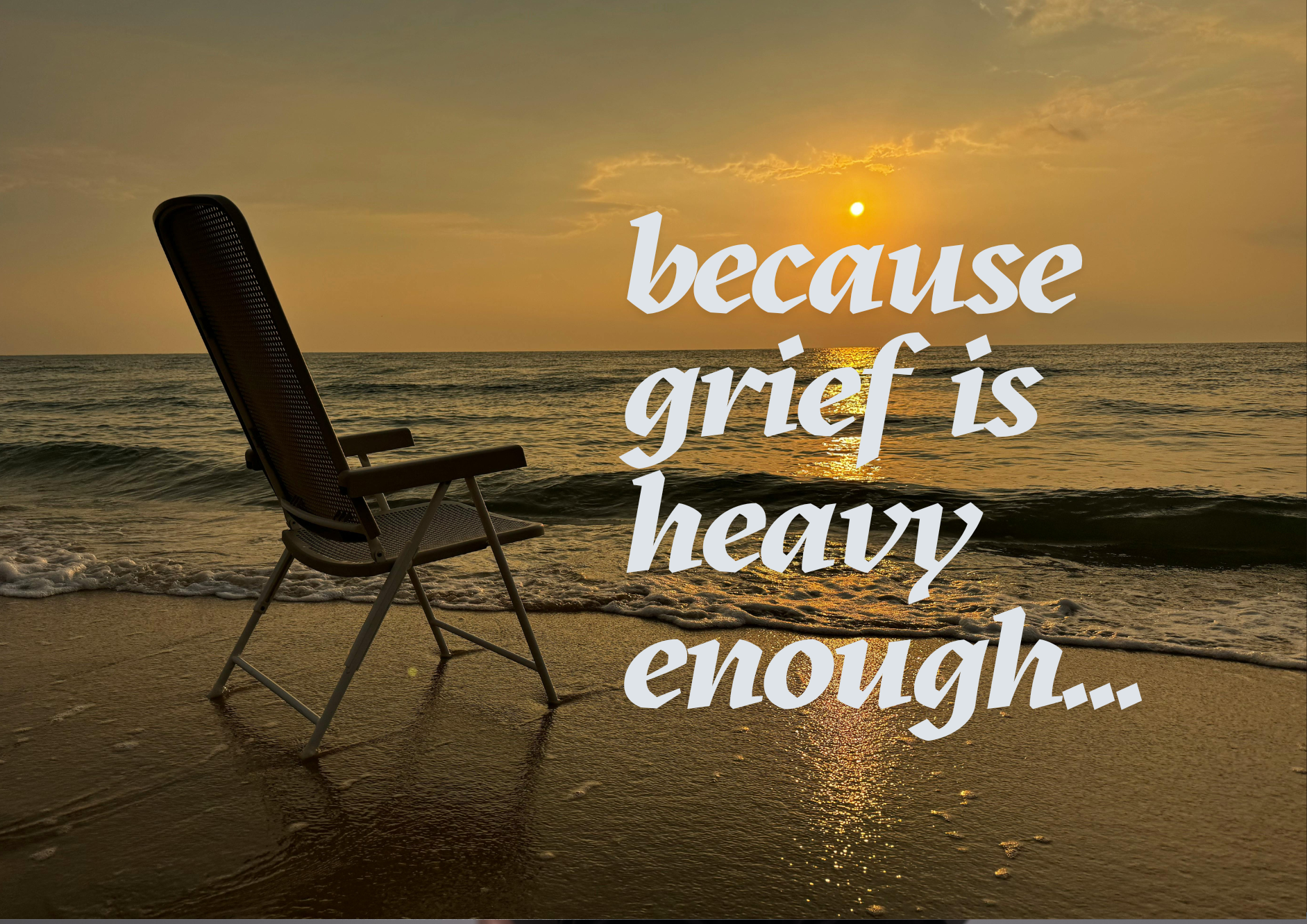Pride Is An Unlikely Altar
Where Glitter Becomes Grace, and Protest Becomes Prayer
Pride Month is many things.
It’s a celebration of love, identity, joy, and survival. A season for parades and playlists, pronouns and painted crosswalks—not because being loud is trendy, but because being quiet was once the only way to stay safe. For so many, silence was a survival strategy. Visibility is a victory hard-won.
For me, Pride has become one of those Unlikely Altars—a place where the sacred shows up in sequins and protest signs, in drag shows and dance floors. Where holiness doesn’t whisper—it shouts, sings, sparkles, and survives.
It’s color and confetti and community. It’s drag queens and denim jackets covered in buttons. It’s couples holding hands in public without apology. It’s dance floors that feel like sanctuary. It’s laughter echoing where fear once reigned.
But Pride is also a remembrance.
It remembers Stonewall—not as a branding opportunity, but as a riot sparked by the brave defiance of Black and brown trans women who were tired of being harassed and erased. It remembers the queer elders who carved out space where there was none—who built chosen families, underground bars, churches without buildings, and movements that made it possible for so many of us to breathe a little freer today.
It remembers those we’ve lost—to violence, to silence, to hatred and shame. It mourns the holy ones the world never gave a funeral, but whom heaven surely welcomed home with open arms. Pride carries their names in protest signs and candlelight vigils. It holds their memories like sacred relics.
Pride is protest, too.
Because too many are still told they don’t belong. Because too many kids still grow up afraid of their own reflection, unsure if they’ll be loved if they’re honest. Because laws still pass that make it harder for LGBTQ+ people—especially youth and trans people—to live, learn, work, worship, and simply be without fear. Because some pulpits still echo with shame instead of grace.
Because churches still split over the question of whether love is allowed.
And for allies like me, Pride is a holy invitation.
To show up, even when it’s uncomfortable.
To speak up, even when it’s costly.
To listen more than talk, and to learn without being defensive.
To love without asterisks, fine print, or theological disclaimers.
Because every rainbow flag is more than a symbol—it’s a story. Every coming-out is an act of courage. Every chosen name is a declaration of dignity. Every drag performance, every Pride march, every “they/them” pronoun is someone’s sacred truth spoken out loud.
Pride Month is, in its own way, an Unlikely Altar.
A street parade that looks more like the Kingdom of God than many sanctuaries ever have.
A communion of glitter and grace.
A place where the excluded lead the procession.
A celebration that says, “You’re not just tolerated—you’re treasured.”
And in a world that still gets this wrong far too often, that kind of truth?
It’s nothing short of holy.

Every December, the argument returns like a familiar carol sung a little too loud. Is Die Hard a Christmas movie? Some folks hold tight to their cocoa mugs and say, “ No way. ” Others smile the way you smile when the argument is already settled in your heart. I’ve come to believe the debate survives because it isn’t really about explosions or one-liners. It’s about where Christmas actually finds us. When I was preaching, Christmas was rarely quiet. Four or five services on Christmas Eve. Programs to assemble. Bulletins to proof. Candles to count. Microphones to fix. Holy night by way of logistics. I loved the people. I believed the message. But if I’m honest, there were years when I was just muscling through it all, trying to sound joyful while quietly counting the hours until December 26th. Not because I didn’t care. Because I was tired. Christmas had become something I delivered more than something I received. And then, late. After the sanctuaries were dark. After the last “ Merry Christmas ” was said. After the robe was hung back up. Die Hard would sometimes flicker onto the screen. No sermon. No sanctuary. Just a tired preacher on a couch watching a tired man crawl through air ducts, barefoot, scraped up, and refusing to quit. That’s when Christmas found me. First, the setting. Christmas Eve. Office party. Tinsel, teddy bears, and awkward small talk. The soundtrack includes sleigh bells and gunfire, which feels honest if we’re being real about the season. Love arrives on a plane. Redemption arrives barefoot. Second, the plot. A man flies across the country to fix a marriage. He brings a gun, sure, but mostly he brings humility. He learns to say the right name. He learns to ask for help. He learns that reconciliation costs something. If that’s not Advent, I’m not sure what is. Third, the theology of it all. Christmas, at its heart, insists that hope shows up where it shouldn’t. In a stable. In a cubicle farm. In a high-rise named Nakatomi. Grace breaks in during a holiday party and doesn’t bother to RSVP. This is why Die Hard feels like an altar to me. Not a cathedral altar with candles and quiet. An Unlikely Altar . The kind you stumble into while holding snacks. The kind that surprises you with meaning between explosions and one-liners. Because the movie isn’t really about violence. It’s about stubborn love. It’s about a man who keeps crawling through ducts because quitting would be easier, but it would be less faithful. It’s about choosing a relationship over pride. It’s about saying, “ I was wrong, ” and meaning it, even when the building is on fire. And yes, there is a Christmas miracle. Snow falls in Los Angeles. Paper snow, but still. A family is restored. A villain falls. A limo driver gets a tip. The season delivers what it always promises: not perfection, but presence. So, light the tree. Pour something festive. Put Die Hard on the screen and let it preach. Let it remind you that Christmas shows up loud and sideways, that love sometimes limps, and that grace can absolutely wear a tank top. An Unlikely Altar. A Holy night. Yippee-ki-yay, AMEN! 🎄💥

I don’t know your name, but I know this moment. You opened the conversation. You hesitated. And then life stepped in. You know, that happens more often than you might think. I’ve sat at kitchen tables where someone said, “ We meant to do this .” I’ve stood beside families who whispered, “ They kept saying they’d get to it. ” I’ve watched love carry grief—and then watched grief carry bills, decisions, and questions that felt impossibly unfair. This isn’t a letter written to rush you. It’s written because I’ve seen what happens when no one ever circles back. I once stood with a family the morning after a death. The house was quiet in that way only grief can make it. Coffee untouched. Phones buzzing with questions no one wanted to answer yet. Someone finally asked, “ Is there anything in place? ” But there wasn’t What followed wasn’t just sadness. It was scrambling. Credit cards. Awkward conversations. A weight added to a moment already heavy with love and loss. But there are those times when I have seen another scene. I’ve been with families where one small thing was already taken care of. Not everything. Just enough. And in those rooms, grief was still heavy—after all, love always makes it heavy—but it wasn’t tangled up with panic or uncertainty. That’s why this matters to me. Not because I sell final expense insurance. But because I’ve watched what happens when love prepares the way—and when it doesn’t get the chance. If you paused because the conversation felt heavy, I understand. If you paused because life got loud, I understand that, too. If you paused because you told yourself, “ I’ll come back to this ,” I’ve heard that sentence more times than I can count. This isn’t about fear. It’s about care. It’s about peace. It’s about love. Final expense planning isn’t about planning your death. It’s about caring for the people who will still be here when you’re gone. It’s about making sure grief doesn’t have to carry more than it already will. Love will always make grief heavy. A plan simply keeps other burdens from piling on. If you never come back to this conversation, I hope you still hear the heart behind it. And if someday you do return, I hope you know the door was always open. Because this work—this quiet, unseen preparation—is one of the last ways love shows up. And that is no small gift.

The service is over. The thank-you notes have been started. The flowers are starting to fade. Most of the company has travelled home. And the casseroles are stacked in mismatched containers, names written on blue tape. This is what the day after looks like. It’s the morning when the house is too quiet. When the adrenaline wears off. When everyone else has returned to their lives, and you are left standing in the middle of a room, wondering what happens next. Because grief is heavy enough. Not only is the day after quiet, but it is also the kind of silence that invites questions. And those questions can overwhelm you. Who do we call now? What needs to be paid? Is there insurance? Where is the paperwork? What did they want? These questions don’t come because people are being practical. They come because love is trying to keep going in the middle of loss. And because grief is heavy enough, those questions can feel overwhelming. I’ve spent years standing with families in these moments. As a pastor. As a celebrant. As someone who knows that the hardest parts often come after the service ends. I’ve seen families gathered around kitchen tables, coffee gone cold, paperwork spread out in quiet confusion. I’ve also seen something else. I’ve seen what happens when one small thing is already taken care of. Not everything. Just one thing. A simple plan. A clear answer. A quiet assurance that one question does not have to be asked today. Because grief is heavy enough without financial questions layered on top of it. When that piece is in place, something shifts in the room. Shoulders soften. Breathing slows. People are allowed to be exactly what they are in that moment— sad, tired, grieving, human. Final expense planning doesn’t take away grief. Nothing does. But it can take away one weight that doesn’t belong there. Because grief is heavy enough on its own. Planning ahead is not about paperwork or policies. It’s about peace. It’s about leaving behind one less burden for the people you love. It’s about making sure the day after holds space for tears instead of tension. If you’ve ever thought, I should probably take care of this someday, you’re not being morbid. You’re being loving. Because grief is heavy enough. Love will always make it heavy. Planning ahead just keeps other burdens from piling on — so families can grieve without also having to guess. And that is no small gift. If you’d like to talk about what planning ahead could look like for your family—without pressure and at your pace—I’m always here for that conversation. Breathe peace. Marty

